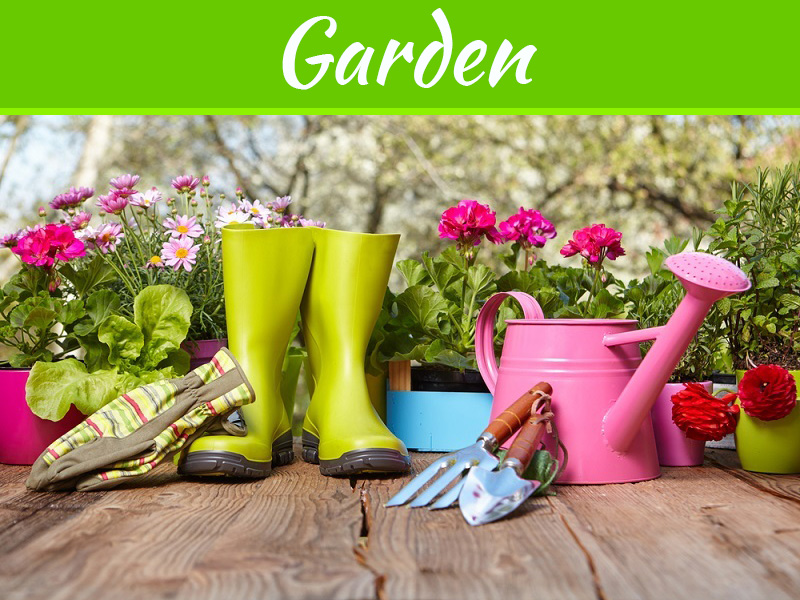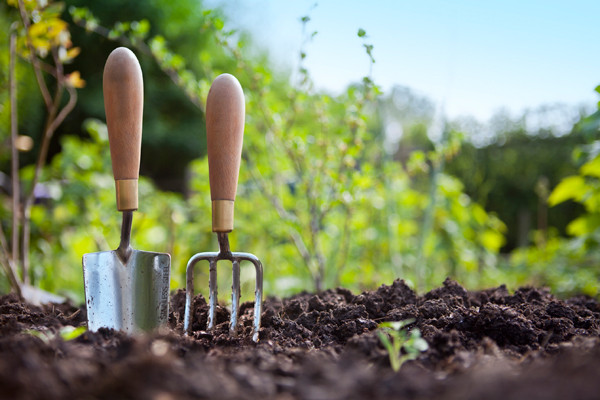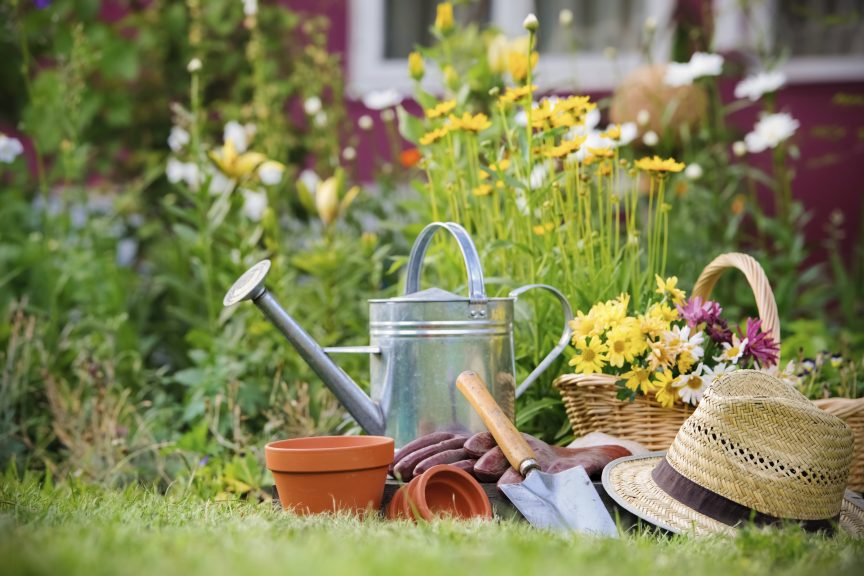Dazzle your friends, and yourself, with your knowledge of gardening terms! 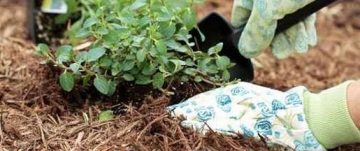
Annual – a plant that grows, flowers and produces seeds all in one season. It does not survive the winter and must be planted new each year.
Perennial – Plants that survive for many growing seasons. Generally the top portion of the plant dies back each winter and regrows the following spring from the same root system. Many perennials keep their leaves year round and offer attractive borders and ground covers. Keep in mind that a plant can behave as an annual or a perennial depending on local climate and growing conditions.
Bone Meal: Finely ground fertilizer composed of white or light gray bone that adds phosphorus to the soil.
Climbing – Plants that climb fences or other structures by using roots or stem structures to grip. Vines are climbers.
Compost: Completely decayed organic matter used for conditioning soil. It is dark, odorless and rich in nutrients.
Container Planing – Plants used in combinations are sometimes classified as thrillers, fillers, and spillers identifying what role each plant fulfills in a combination design of eye catching colours, the star thriller and your contrasting fillers.
Deadheading – The act of removing spent flowers or flowerheads for aesthetics, to prolong bloom for up to several weeks or promote re-bloom, or to prevent seeding.
Direct Seed: To seed directly into the soil instead of starting your seeds indoors.
Drought Resistant – Plants that can withstand periods with little to no supplemental water when planted and established in the landscape. No plant in a pot is truly drought resistant as they all need some water. All plants will need to be watered while getting established.
Drought Tolerant – Plants that deal with severe drought on a regular basis, and recover from repeated wilting. All plants will need to be watered while getting established. Annuals and perennials need 2 to 3 weeks to establish, shrubs and trees need a year to become established.
Exposure – the optimum amount of sun or shade each plant needs to thrive
Full Sun – 6 or more hours of direct sun a day
Partial Sun or Partial Shade – 4 to 6 hours of direct sun a day
Full Shade – less than 4 hours of direct sun a day
Dappled Shade – areas where there is a mixture of sun and shade, generally because a deciduous tree is nearby. Dappled shade is similar to partial shade.
Fertilizer: An organic or synthetic material added to the soil or the plant, that is important for its nutrient value. Usually showing the letters N-P-K followed by numbers indicating levels of each.
Frost Date: This is the average expected last frost date for your area. Frost dates
are important to know for your gardening zone or planting area.
Germinate: The beginning of growth in seeds, the action of sprouting, budding or shooting, above the soil. This occurs whenever a plant or seed begins to vegetate into leafy young plants.
Hardening Off: The process of acclimatizing plants grown under protection, in the greenhouse for example, to cooler conditions outdoors.
Mulch: Any organic material, such as wood chips, grass clippings, compost, straw, or leaves that is spread over the soil surface (around plants) to hold in moisture and help control weeds.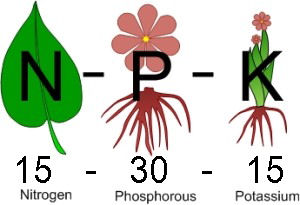
N-P-K: An abbreviation for the three main nutrients that have been identified as absolutely necessary for plants are nitrogen (N), phosphorus (P) and potassium (K). These three are also the source of the three numbers commonly found on fertilizer labels.
Needs Good Drainage – These plants do not do well if they remain wet for extended periods of time and should be planted in locations or containers where water quickly drains.
Over-wintering – This is a process where a plant that is not cold hardy is taken indoors or otherwise manipulated to keep it alive through the winter
Pinch – Removing a portion of the plant, often just the very tip of the shoots, to encourage branching. Often this is done by using your finger nails to pinch off the newest growth but scissors, pruning shears, or a knife can also be used.
Root Rot – Fungal disease caused by several different types of fungi that causes the roots of a plant to turn brown, grey, and/or slimy. Root rot impairs a plants ability to uptake water and will often kill plants that are infected. Root rot is often caused by chronic over-watering. The most common symptom of root rot is a plant that is wilting even though the soil is wet.
Water Soluble Fertilizer – Fertilizer that either comes in liquid form or comes in crystal form that is dissolved in water.

